By Mitch Paine, CFM
From February 2014 Floodplain Management Today
The National Flood Insurance Program’s (NFIP) Community Rating System (CRS) is a voluntary program that rewards a community’s floodplain management activities and can also help flood insurance policyholders see reduced premiums. Many communities in Nebraska have considered CRS and have found that there are many benefits from joining the program. Communities that participate in CRS are safer and more resilient to flood risk because they’re doing better floodplain management than required by the NFIP. A reduction in flood insurance premium costs is an additional benefit of these steps taken to improve flood risk awareness and reduce flooding risk. If your community is interested in CRS, you might be wondering what some next steps should be and what benefits your community would receive from participating.
To apply to join the program, your community’s mayor or top official would send a letter of interest to FEMA Region VII with some accompanying documents. Then, a specialist affiliated with FEMA would come score the community to determine the flood insurance premium discount available. But, before that happens, there are some CRS activities that you should look at to see how many points you might be able to get when you apply.
CRS is broken out into dozens of “activities” and each is a component of floodplain management, from public outreach to floodprone property acquisition. In each activity, a range of points is available based on verification supplied by the community. All activities are voluntary except two: maintaining elevation certificates (Activity 310) and reviewing repetitive loss structures (Activity 500). Both of these activities must be completed as part of participation in the program. As described in the article on page 6, elevation certificates have to be filled out for all new structures in the floodplain and must be filled out completely using “N/A” instead of leaving lines blank. If your community has repetitive loss properties, you must also map those properties and identify the sources of repetitive flooding.
Except for those required activities, every other element of CRS is voluntary. There is also a set of points for which every Nebraska community is eligible called the Uniform Minimum Credits (UMCs). These are based on State minimum regulations and State floodplain programs. Communities can receive between 130 – 270 points from these UMCs based on freeboard requirements (Activity 430), the State’s dam safety program (Activity 630), and other state standards. If a community is located in a county with an online assessor’s map, 50 more points might be available because of the map information resources provided through NDNR’s Interactive Floodplain Map (Activity 440)(see page 4).
After looking at the required elements and the minimum credit points from the UMCs, a community should start looking at a few other potential activity points. The first is open space in your community’s floodplain (Activity 420). CRS gives the most credit to the activities that make the most impact in reducing the community’s risk from flooding. Keeping the floodplain in open space ensures that natural functions are protected and structures are not damaged simply because they aren’t in the floodplain. If your community has dedicated open space in the floodplain, which could consist of parks, school grounds, and low density zoning area, each of these areas could count for points.
Additionally, all communities in Nebraska should have a Hazard Mitigation Plan that analyzes the risk a community faces from flooding, and elements of these Plans will potentially be eligible for CRS credit (Activity 510). Having a hazard mitigation plan that focuses on flooding helps a community plan for reducing the risk from flooding through mitigation actions like those credited in the CRS program.
After you look at the UMCs, your open space, and your Hazard Mitigation Plan, your community will have a good start on CRS. In future Floodplain Management Today issues, we will look in depth at other CRS credits. If you have any questions or want assistance with CRS, contact Katie Ringland at NeDNR at Katie.Ringland@nebraska.gov.









